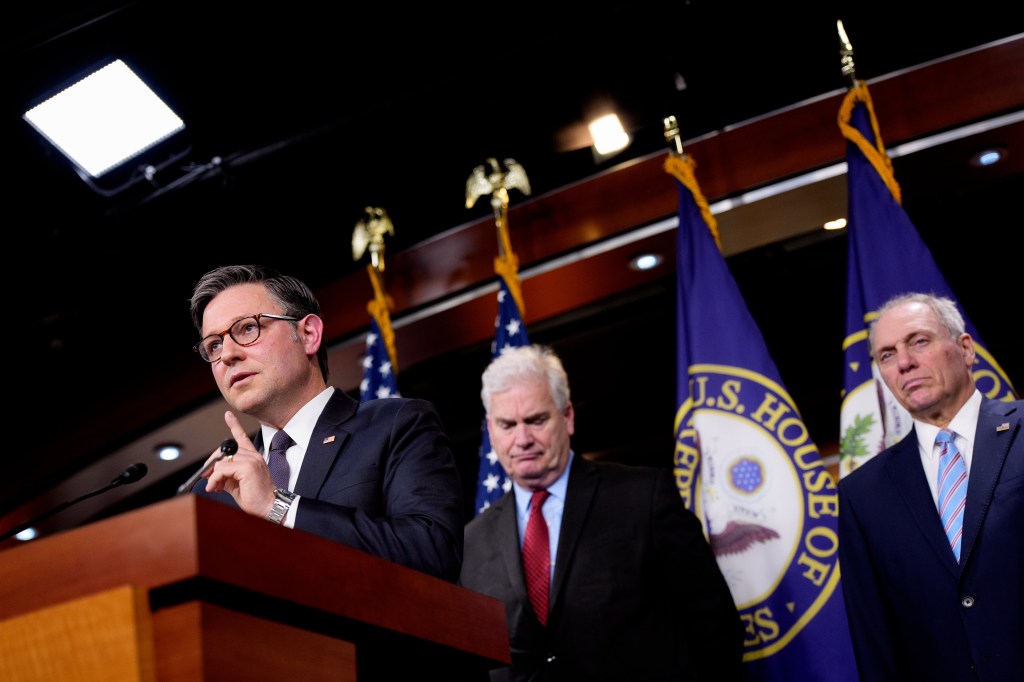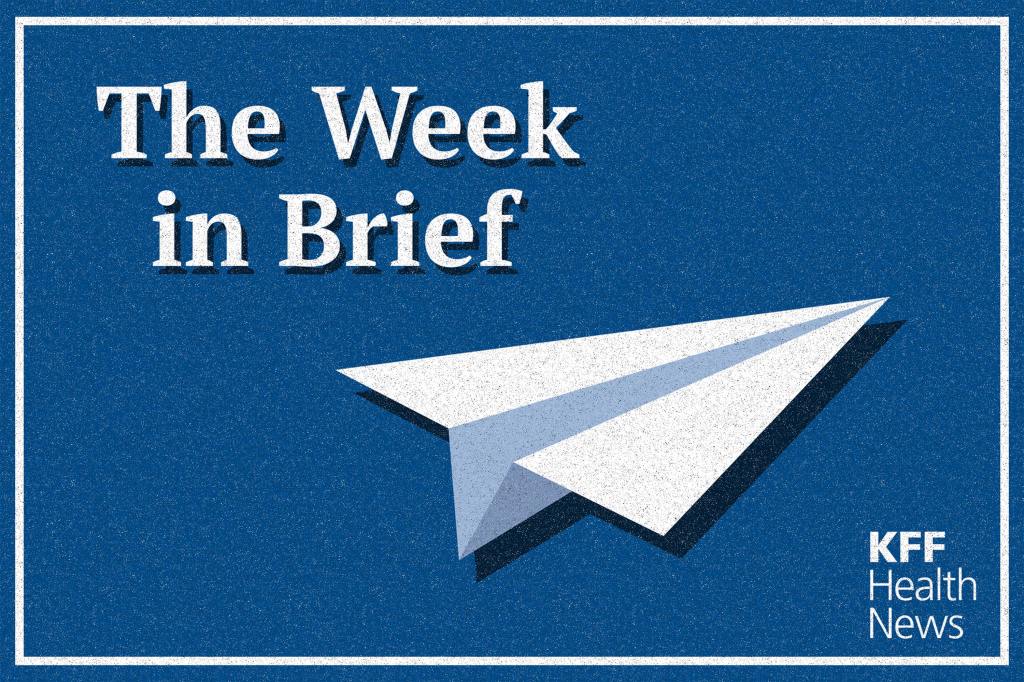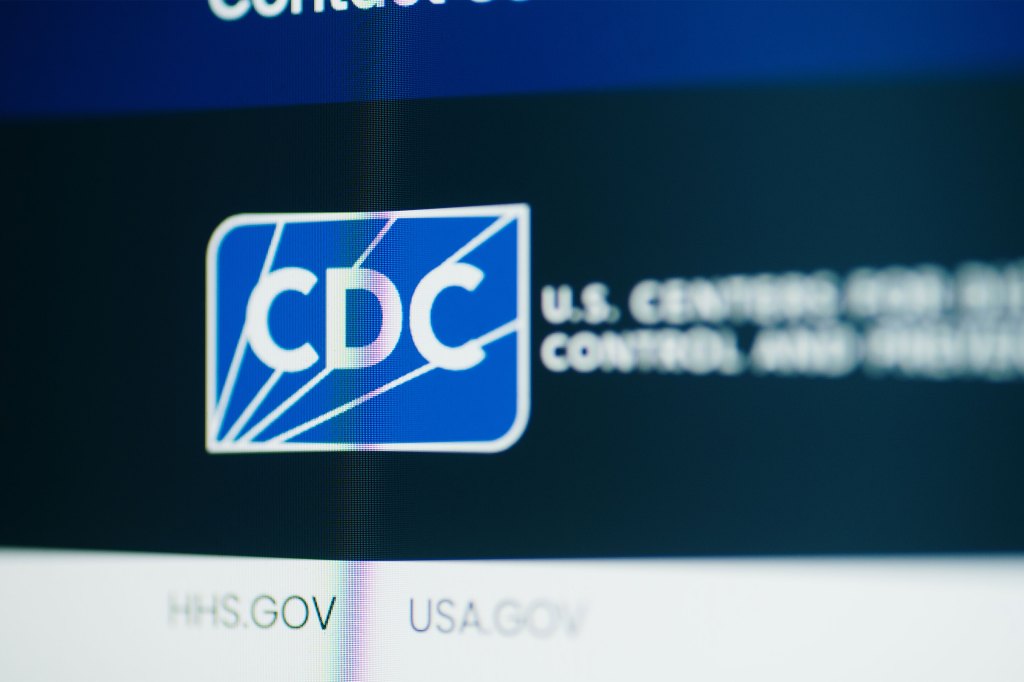It has been nearly eight years since Sen. John McCain’s middle-of-the-night thumbs-down vote torpedoed Republican efforts to repeal the Affordable Care Act and make drastic cuts to Medicaid.
With Donald Trump back in the White House and the GOP back in control of Congress, Republicans again have their eyes on Medicaid, the government health program for those with low incomes or disabilities. A GOP proposal unveiled this week would require many enrollees to prove they are working, volunteering, or studying, and to shoulder more of the costs of their care. It would also curtail taxes levied on providers that help states draw down billions in additional federal money.
Changes are needed, conservative lawmakers say, because the program is broken and costs too much. Medicaid’s annual price tag has soared from about $590 billion in 2017 to nearly $900 billion today.
If this script sounds familiar, it’s because Republicans made the same proposals and arguments in 2017, when they last had narrow control of Congress and Trump in the White House.
But while the 2025 Medicaid debate on Capitol Hill feels like a 2017 replay, the GOP’s latest effort toward a massive transformation could be more of a long shot, several health policy experts say. In the past eight years, Medicaid enrollment has surged to a record high, with the covid-19 pandemic driving numbers up and nine more states expanding the program to cover more low-income Americans, including six controlled by Republicans.
More enrollees, particularly in red states, means more constituents who rely on Medicaid to cover their health costs — making it harder for lawmakers to approve cuts.
“More red states have more skin in the game,” said Christine Eibner, a senior economist at Rand Corp., a nonprofit research organization.
More than three-quarters of the public opposes major cuts to Medicaid, including 55% of Republicans, according to a recent poll from KFF, a health information nonprofit that includes KFF Health News.
With the expansion of coverage to more Americans, Medicaid has grown more popular and important, said Krista Drobac, a health policy consultant who formerly worked for the National Governors Association. “Cutting it is not as politically palatable, even though Congress has moved further to the right.”
After months of saying little beyond citing a need to cut “waste, fraud, and abuse,” Republicans on the House Energy and Commerce Committee released legislation May 11 outlining their plans.
The bill does not include some of the most controversial proposals the GOP considered, such as eliminating the extra federal funding that allowed states to dramatically expand the program. Nonetheless, the changes it does propose amount to hundreds of billions of dollars in Medicaid spending cuts and could cause at least 8.6 million Americans to lose their health coverage, according to a preliminary estimate by the Congressional Budget Office released by the committee’s Democrats.
Some of the proposals are more targeted, such as a new financial penalty on states such as California that use their own money to cover people living in the country without legal permission.
Others would have widespread implications. In addition to requiring low-income people to prove their eligibility every six months, the GOP proposal would mandate that nondisabled enrollees younger than 65, with some exceptions, show that they work, volunteer, or attend school at least 80 hours per month.
A work requirement is an easier sell politically because it is not seen as cutting benefits, Billy Wynne, a Colorado-based health consultant, said in an interview before the legislation was unveiled.
But unlike in 2017, when the GOP also proposed implementing work requirements, such a policy is no longer just a theory: Arkansas’ program, which was suspended by a federal judge in 2019 after less than a year, left 18,000 people without coverage — with no indication the policy led to more people working. And Georgia’s program has been plagued by administrative burdens and cost overruns.
In fact, most Medicaid enrollees are already employed — just 8% of those who would be required to work are not already doing so, according to KFF.
Awareness about Medicaid and its beneficiaries has improved since 2017, Wynne said. “These are working families, and they vote.”
During a marathon House committee debate on the legislation that started Tuesday afternoon and continued through Wednesday morning, Rep. Jake Auchincloss of Massachusetts, a Democrat, voiced concern that burdensome new paperwork requirements would lead to many low-income people dropping or losing their coverage.
“These aren’t work requirements,” he said. “They’re paperwork requirements.”
Another complication for the GOP’s current effort is that the focus is not fixing the health system, as it was with the past push to repeal Obamacare. This time, Republicans’ main goal is offsetting the cost of extending $4 trillion in tax cuts passed under Trump in 2017 — separately from the repeal effort — that will otherwise expire at the end of this year.
Enrollment in Medicaid and its related Children’s Health Insurance Program swelled to over 93 million during the pandemic, a record high. Enrollment had fallen below 79 million as of December, but that was still about 5 million more people than were covered during the repeal debate in the summer of 2017.
Medicaid and CHIP cover more than 1 in 5 Americans, as well as 40% of children, 41% of births, and long-term care for 62% of nursing home residents.
Congressional Republicans for decades have sought to rein in Medicaid costs by capping federal spending but have faced resistance from Democrats, states, and the health industry.
The 2010 Affordable Care Act provided billions in federal Medicaid funding that enabled 40 states and the District of Columbia to expand the program to over 21 million nondisabled adults. But the law passed with no Republican votes, leaving Medicaid expansion open to partisan squabbling.
The new GOP proposal would require Medicaid enrollees making poverty-level wages or higher to pay copayments of as much as $35 per health care service.
Medicaid usually doesn’t require copays, and advocates for low-income people say any out-of-pocket charge at the doctor’s office could discourage them from seeking care.
Republican members of Congress face more pressure to avoid coverage cuts for their constituents, with many now representing expansion states, including key Senate leaders from South Dakota (Majority Leader John Thune) and Idaho (Finance Committee Chairman Michael Crapo).
There’s also pressure coming from an unusual source: Trump voters.
Last fall, Trump attracted more low-income voters than usual for a GOP presidential candidate.
Those voters are more likely to depend on Medicaid for health coverage. Matt Salo, a Washington, D.C.-based health consultant who was formerly executive director of the National Association of Medicaid Directors, said Trump voters have been telling Republicans at town hall meetings that they did not vote for benefit cuts.
“MAGA voters and people on Medicaid and their family members overlap in ways that have never been true before,” Salo said, referring to Trump’s “Make America Great Again” movement.
Republicans also face unfavorable odds of curtailing a long-standing practice by nearly every state — known as provider taxes — through which states pay some of their share of Medicaid costs by taxing hospitals, nursing homes, and other providers. Those funds then help states collect more matching dollars from the federal government.
For decades, Republicans have sought to limit Medicaid provider taxes, and their latest proposal would effectively freeze the taxes at current rates, squeezing state programs as costs continue to rise. Since 2017, such taxes have become more commonplace, and some states now rely on the funding for nearly a third of their Medicaid budgets.
Conservative groups and some GOP lawmakers have begun referring to these taxes as “money-laundering” schemes, even though they are legal and the taxes are approved by the federal government before states implement them.
One thing that hasn’t changed since 2017 is the strong defense of Medicaid from Democrats, hospital executives, and consumer groups, who argue the GOP’s plan will leave more people uninsured or unable to pay their bills, and force hospitals to close, worsening access to care.
Yet the Trump White House is better staffed to work with Congress than it was in 2017, and more members of the party, whether out of fear or loyalty, are likely to side with the president. So far this year, the Republican caucus has had just enough votes to confirm Trump’s Cabinet and pass a budget framework to tee up legislation to extend his tax cuts.
While the House GOP’s plan would amount to major changes for Medicaid, its legislation left out some of the more ground-shifting ideas like capping federal funding per enrollee or nixing extra expansion funding altogether — and it still needs to earn the approval of Senate Republicans.
Medicaid’s chief backers could end up breathing a sigh of relief, just as they did in summer 2017.
KFF Health News’ Julie Rovner contributed to this report.
KFF Health News is a national newsroom that produces in-depth journalism about health issues and is one of the core operating programs at KFF—an independent source of health policy research, polling, and journalism. Learn more about KFF.
USE OUR CONTENT
This story can be republished for free (details).








